Maximum Functionality and Comfort: Three-Function Manual Hospital Bed
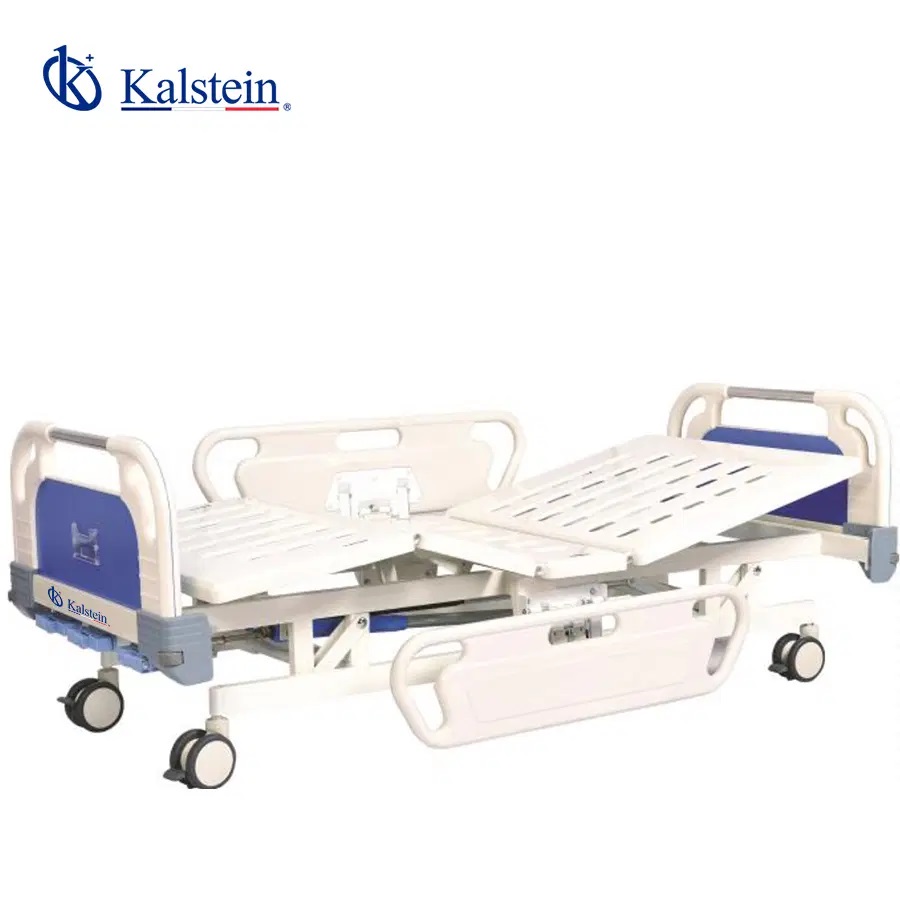
Choosing a hospital bed is crucial to ensure patient well-being and efficient recovery. Three-function manual hospital beds offer an optimal combination of functionality, comfort, and cost-effectiveness, making them an attractive option for clinics and hospitals.
Optimize Comfort and Care for Your Patients with Our Three-Function Manual Hospital Bed
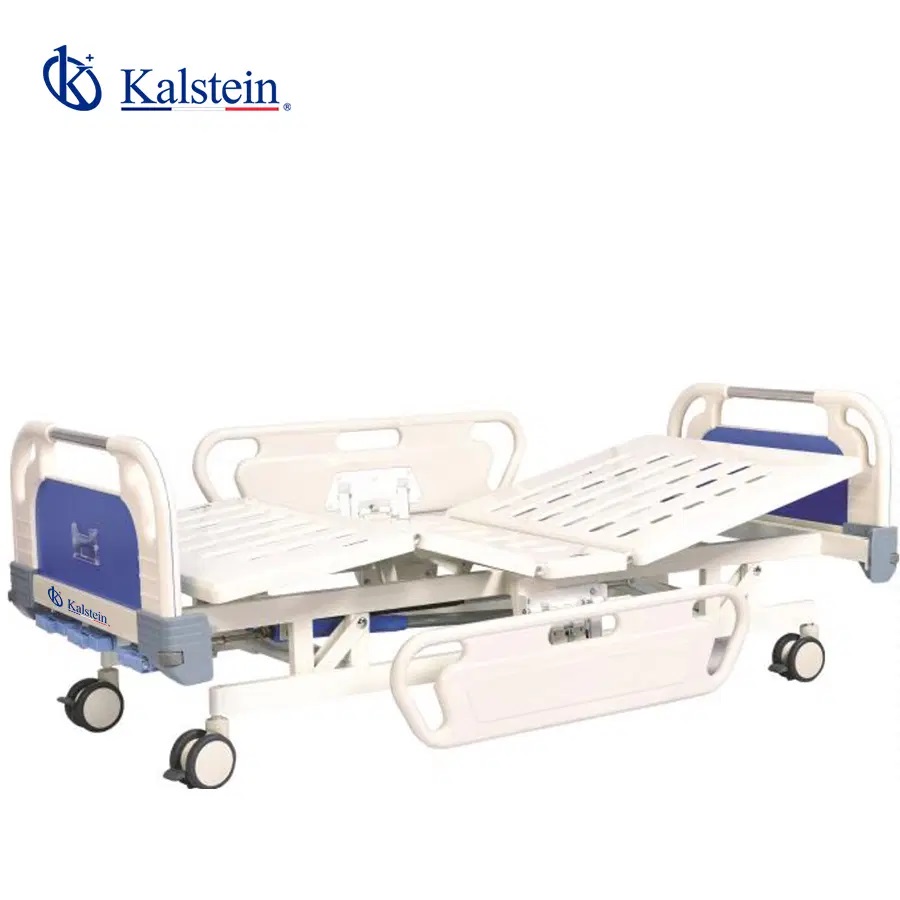
In a hospital setting, patient comfort and care are paramount. Choosing the right bed can make a significant difference in the patient experience and the efficiency of medical staff.
Comfort and Technology in Every Detail: Introducing the High-End Hospital Bed
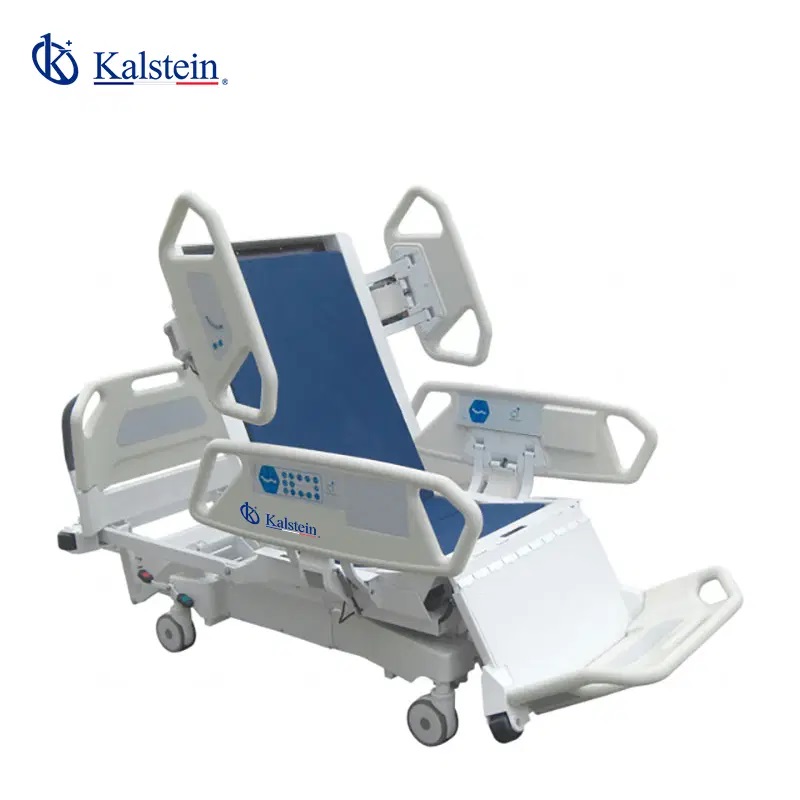
In the fast-paced world of modern medicine, comfort and cutting-edge technology have become essential for patient well-being. Hospital beds are no exception, and today we present the High-End 7-Function Electric Hospital Bed, an advanced solution designed to transform the hospital experience.
Discover the Revolution in Medical Transport Stretchers
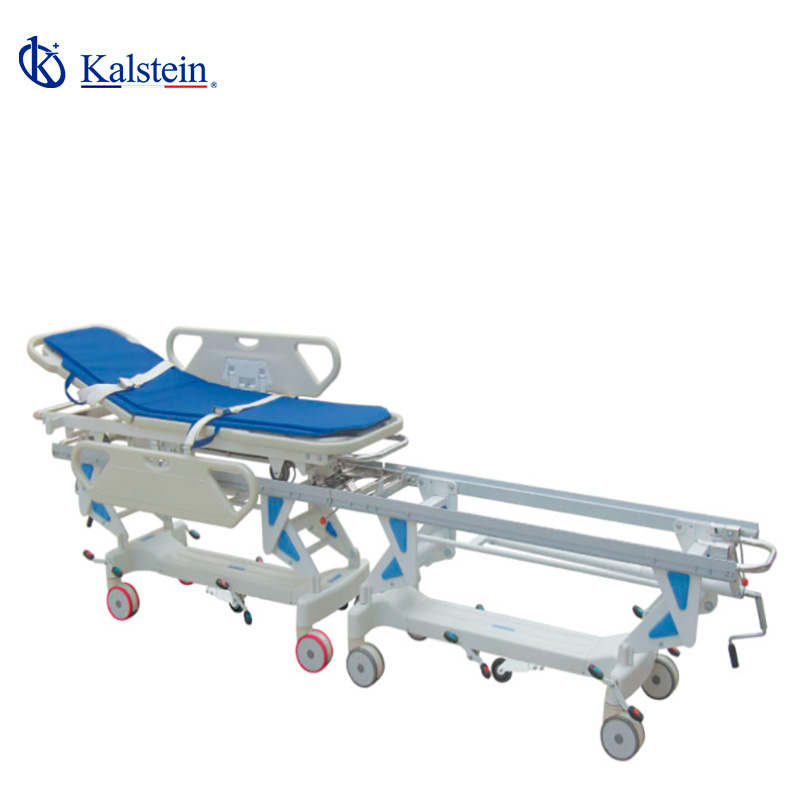
In the medical world, transport stretchers are an essential component for the safe and efficient movement of patients. Choosing the right stretcher can make a significant difference in the quality of medical care.
Ultrasonic Cleaners: The Ideal Solution for Veterinary Hygiene
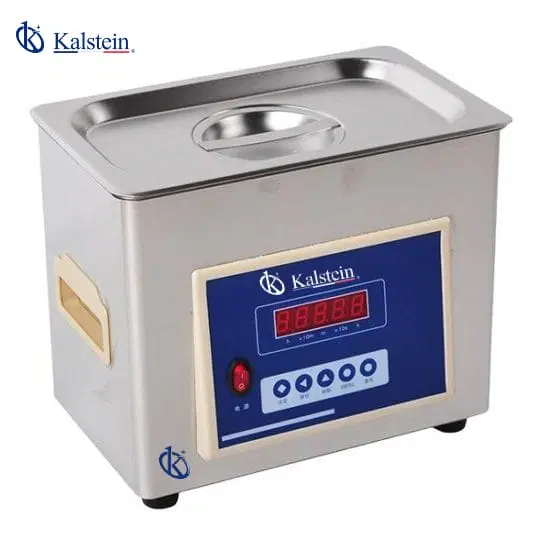
Cleaning and disinfection in the veterinary field are essential to ensure the health and well-being of both animals and the professionals who care for them. Veterinary ultrasonic cleaners have become an indispensable tool in veterinary clinics and hospitals due to their effectiveness and precision in cleaning instruments and medical equipment.
Optimization of the Cleaning Process with Veterinary Ultrasonic Cleaners

When working in the veterinary field, the cleaning and disinfection of instruments and equipment is a crucial task to ensure the health and safety of both animals and staff.
Cutting-Edge Veterinary Technology: The Use of Ultrasonic Cleaners

The advancement of technology has significantly impacted veterinary medicine, and one of the devices that has revolutionized the cleaning and maintenance of medical equipment is the Veterinary Ultrasonic Cleaner.
Innovation in Cleaning: High-Efficiency Veterinary Ultrasonic Cleaners

Veterinary ultrasonic cleaners have revolutionized the way instruments and equipment are cleaned in veterinary clinics. These devices use ultrasonic waves to effectively and safely remove dirt and biological residues from the surfaces of instruments.
Transform the Patient Experience with Our Next-Generation Electric Bed
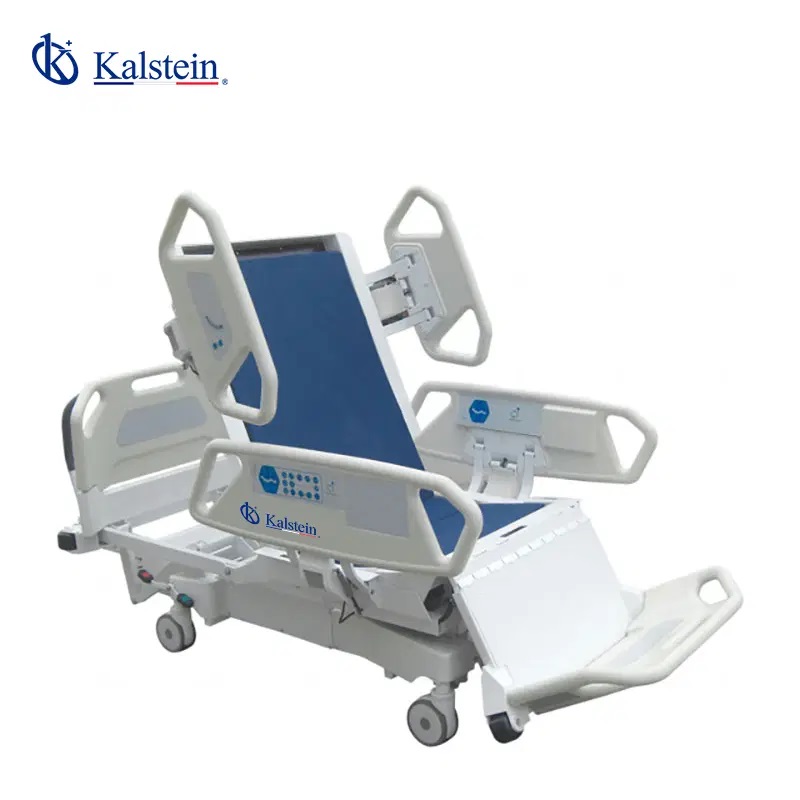
In healthcare, comfort and functionality are paramount to ensure optimal patient care. The High-End 7-Function Electric Hospital Bed represents a revolution in medical care, combining advanced technology with ergonomic design to enhance the experience for both patients and medical staff.
Introduction to the Flat Psychiatric Hospital Bed
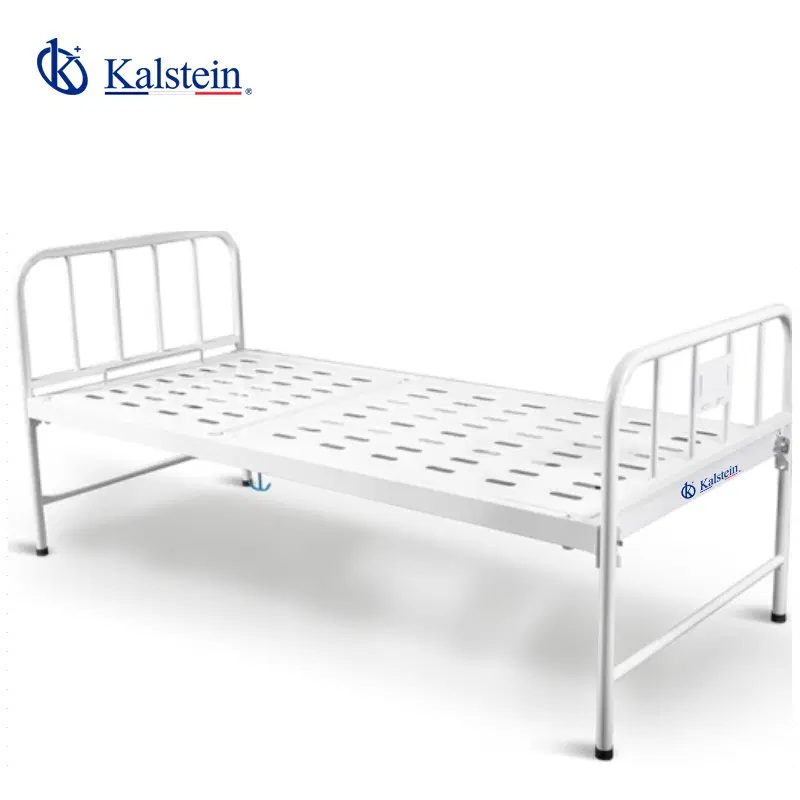
In the field of mental health, choosing the right furniture is crucial to ensure patient safety and well-being. Flat psychiatric hospital beds are an essential component in mental health units, specifically designed to meet the unique needs of these environments.
